In the expansive domain of aviation, various aircraft serve specialized roles, from combat to civilian transport. However, some aircraft don’t neatly fit into predefined categories due to their unique purposes or designs. These are often referred to as “special” aircraft. Let’s delve into this category, spanning from the majestic Zeppelins to cutting-edge electronic warfare planes.
Special
-
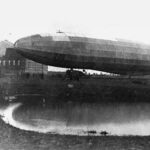 1914 - Zeppelin Z.12
1914 - Zeppelin Z.12
-
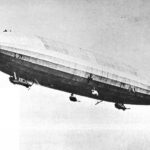 1915 - Zeppelin LZ-40
1915 - Zeppelin LZ-40
-
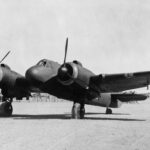 1941 - Bristol Beaufighter
1941 - Bristol Beaufighter
-
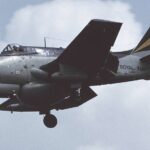 1950 - Fairey Gannet
1950 - Fairey Gannet
-
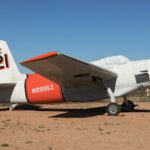 1950 - Grumman AF Guardian
1950 - Grumman AF Guardian
-
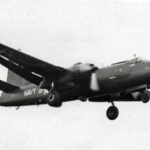 1950 - Martin P4M Mercator
1950 - Martin P4M Mercator
-
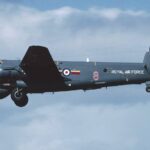 1951 - Avro Shackleton
1951 - Avro Shackleton
-
 1953 - Fairey Gannet
1953 - Fairey Gannet
-
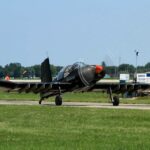 1953 - Fletcher FD-25 Defender
1953 - Fletcher FD-25 Defender
-
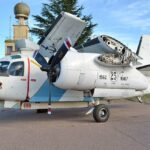 1954 - Grumman S-2 Tracker
1954 - Grumman S-2 Tracker
-
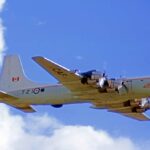 1957 - Canadair CP-107 Argus
1957 - Canadair CP-107 Argus
-
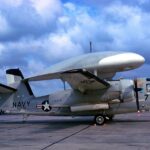 1958 - Grumman WF-2 / E-1 Tracer
1958 - Grumman WF-2 / E-1 Tracer
-
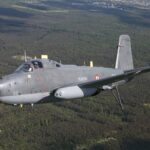 1959 - Breguet Br.1050 Alizé (Tradewind)
1959 - Breguet Br.1050 Alizé (Tradewind)
-
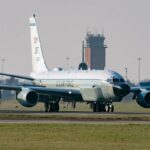 1962 - Boeing RC-135
1962 - Boeing RC-135
-
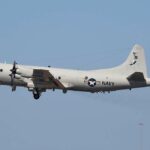 1962 - Lockheed Martin P-3 Orion
1962 - Lockheed Martin P-3 Orion
-
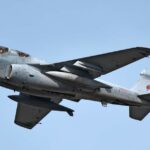 1963 - Grumman EA-6 Prowler
1963 - Grumman EA-6 Prowler
-
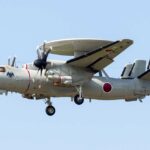 1964 - Northrop Grumman E-2 Hawkeye
1964 - Northrop Grumman E-2 Hawkeye
-
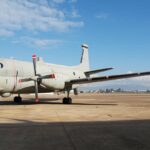 1965 - Dassault-Breguet Br.1150 Atlantique 2
1965 - Dassault-Breguet Br.1150 Atlantique 2
-
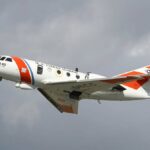 1965 - Dassault HU-25 Guardian
1965 - Dassault HU-25 Guardian
-
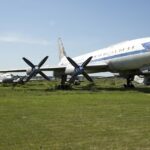 1965 - Tupolev Tu-126 (Moss)
1965 - Tupolev Tu-126 (Moss)
-
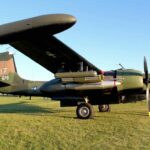 1966 - Douglas B-26K Counter Invader (A-26B)
1966 - Douglas B-26K Counter Invader (A-26B)
-
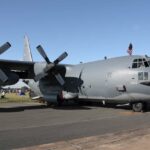 1966 - Lockheed MC-130 Combat Talon
1966 - Lockheed MC-130 Combat Talon
-
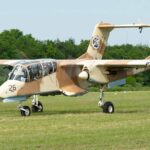 1966 - North American Rockwell OV-10 Bronco
1966 - North American Rockwell OV-10 Bronco
-
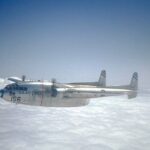 1968 - Fairchild AC-119 (Shadow/Stinger)
1968 - Fairchild AC-119 (Shadow/Stinger)
-
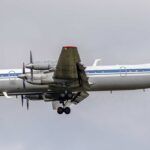 1968 - Ilyushin IL-38 (May)
1968 - Ilyushin IL-38 (May)
-
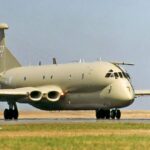 1969 - BAe/Hawker Siddeley Nimrod
1969 - BAe/Hawker Siddeley Nimrod
-
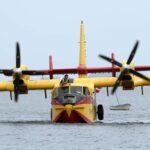 1969 - Canadair CL-215
1969 - Canadair CL-215
-
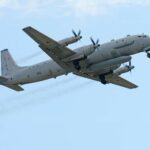 1969 - Ilyushin IL-20 (Coot-A)
1969 - Ilyushin IL-20 (Coot-A)
-
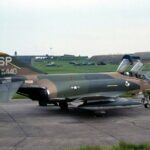 1969 - McDonnell Douglas F-4 Wild Weasel
1969 - McDonnell Douglas F-4 Wild Weasel
-
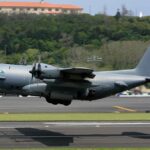 1972 - Lockheed AC-130H Spectre
1972 - Lockheed AC-130H Spectre
-
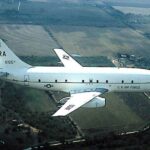 1973 - Boeing T-43 (Gator)
1973 - Boeing T-43 (Gator)
-
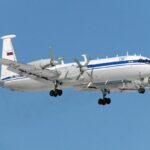 1973 - Ilyushin IL-22 (Coot-B)
1973 - Ilyushin IL-22 (Coot-B)
-
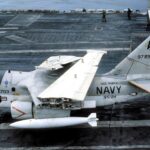 1974 - Lockheed Vought S-3 Viking
1974 - Lockheed Vought S-3 Viking
-
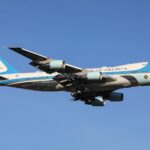 1975 - Boeing E-4 Advanced Airborne Command Post
1975 - Boeing E-4 Advanced Airborne Command Post
-
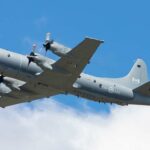 1980 - Lockheed CP-140 Aurora
1980 - Lockheed CP-140 Aurora
-
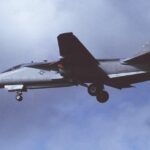 1981 - Grumman EF-111 Raven
1981 - Grumman EF-111 Raven
-
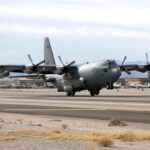 1982 - Lockheed EC-130H Compass Call
1982 - Lockheed EC-130H Compass Call
-
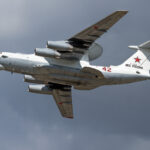 1984 - Beriev A-50 (Mainstay)
1984 - Beriev A-50 (Mainstay)
-
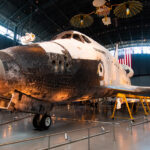 1984 - Space Shuttle Discovery (OV-103)
1984 - Space Shuttle Discovery (OV-103)
-
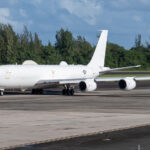 1989 - Boeing E-6 Mercury
1989 - Boeing E-6 Mercury
-
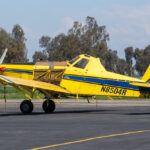 1990 - Air Tractor AT-802
1990 - Air Tractor AT-802
-
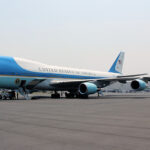 1990 - Boeing VC-25 (Air Force One)
1990 - Boeing VC-25 (Air Force One)
-
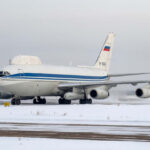 1992 - Ilyushin IL-80 (Maxdome)
1992 - Ilyushin IL-80 (Maxdome)
-
 1994 - ORBIS International DC-10 (Flying Eye Hospital)
1994 - ORBIS International DC-10 (Flying Eye Hospital)
-
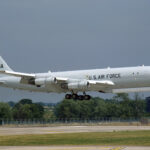 1996 - Northrop Grumman E-8 Joint STARS (JSTARS)
1996 - Northrop Grumman E-8 Joint STARS (JSTARS)
-
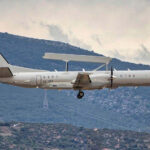 1996 - Saab E-2000 Erieye
1996 - Saab E-2000 Erieye
-
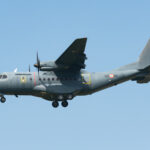 2005 - TAI Meltem II (CN-235)
2005 - TAI Meltem II (CN-235)
-
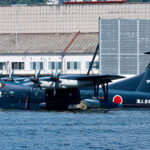 2007 - ShinMaywa US-2
2007 - ShinMaywa US-2
-
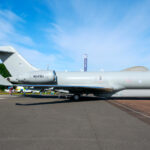 2008 - Bombardier Raytheon Sentinel
2008 - Bombardier Raytheon Sentinel
-
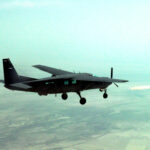 2008 - Orbital ATK AC-208 Eliminator
2008 - Orbital ATK AC-208 Eliminator
-
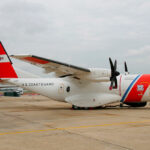 2009 - Airbus Military HC-144 Ocean Sentry
2009 - Airbus Military HC-144 Ocean Sentry
-
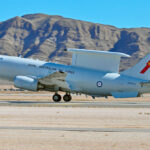 2009 - Boeing E-7 Wedgetail
2009 - Boeing E-7 Wedgetail
-
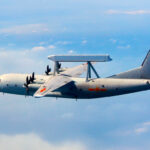 2009 - Shaanxi KJ-200
2009 - Shaanxi KJ-200
-
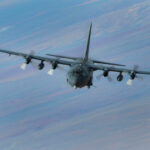 2010 - Lockheed AC-130W Stinger II (MC-130W Dragon Spear)
2010 - Lockheed AC-130W Stinger II (MC-130W Dragon Spear)
-
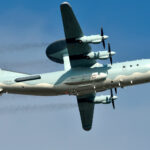 2010 - Shaanxi KJ-500
2010 - Shaanxi KJ-500
Zeppelins:
One of the early pioneers of aviation, Zeppelins, or airships, are large, elongated air vessels that are lifted by gas, usually hydrogen or helium. Unlike modern blimps, which are essentially inflated balloons, Zeppelins have a rigid internal framework. Their primary use ranged from reconnaissance during the World Wars to luxury transatlantic travel in the 1920s and 1930s. Their decline came post the Hindenburg disaster in 1937, which highlighted the risks of using flammable hydrogen.
Electronic Warfare (EW) Aircraft:
As warfare evolved with the rise of advanced electronics, so did the tactics. Electronic warfare aircraft specialize in jamming, intercepting, and deceiving enemy electronics. They’re equipped with tools to disrupt radar systems, communication devices, and even missile guidance systems. Notable examples include the U.S. Navy’s EA-18G Growler and the Russian Il-22PP.
Airborne Early Warning (AEW) Aircraft:
While not purely fighters or bombers, AEW aircraft play a pivotal role in modern air combat. They act as airborne radar systems, scanning vast areas to detect and track enemy movements. By offering real-time intelligence, they give allied forces a distinct advantage. The E-3 Sentry, with its distinctive rotating radar dome, is a classic example.
Airborne Command Posts:
These are essentially flying command centers. In scenarios of ground infrastructure destruction, these aircraft can coordinate military operations, ensuring continuity of operations. The U.S.’ E-4B, often referred to as the “Doomsday Plane,” is built to serve as a command post during extreme emergencies, including nuclear war.
Tanker Aircraft:
While they don’t engage in combat, tanker aircraft are indispensable for long-haul missions. They refuel other planes mid-air, extending their range and endurance. The U.S. Air Force’s KC-135 Stratotanker and the Royal Air Force’s Voyager are examples.
The realm of “special” aircraft underscores the diversity and complexity of aviation needs. From luxury travel to high-stakes electronic warfare, these planes underscore the adaptability and innovation inherent in the quest to conquer the skies. Whether it’s the historical charm of Zeppelins or the tech-savvy nature of electronic warfare aircraft, they all emphasize the myriad ways humans have taken to the air to fulfill diverse objectives.